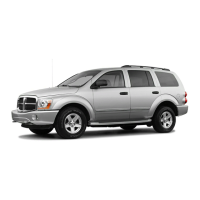
Do you have a question about the Dodge 2004 Durango and is the answer not in the manual?
| Brand | Dodge |
|---|---|
| Model | 2004 Durango |
| Category | Automobile |
| Language | English |
General overview of the manual's purpose and content.
Guidance on navigating the manual using the table of contents and index.
Important safety information and precautions for operating the vehicle.
Location and importance of the VIN for vehicle identification.
Information about vehicle keys, including integrated keys and the key-in-ignition reminder.
Explanation of the electronic immobilizer system and its operation.
Details on manual and power door lock operation and safety features.
Details on seat belts, airbags, and knee bolsters as safety features.
Information on inside and outside mirrors, including auto-dimming features.
Overview of the voice-activated UConnect system for phone calls.
General section about seat adjustments and features.
System for saving and recalling driver seat, mirror, and pedal positions.
Diagram and identification of the instrument cluster gauges and indicators.
Reminder light for seat belt status and potential airbag system fault.
Warning light for the Anti-Lock Brake System malfunction.
Onboard diagnostic system light indicating engine or emission control issues.
General procedures for starting the vehicle engine.
Step-by-step instructions for starting a warm or cold engine.
General information on operating the 4WD system.
How to apply and release the foot-operated parking brake.
Step-by-step guide for changing a flat tire.
Detailed instructions and safety warnings for changing a tire.
Procedures and safety precautions for jump-starting a vehicle battery.
Proper towing procedures for disabled vehicles, including drive configurations.
Diagram and identification of components in the 3.7L V6 engine compartment.
Explanation of the OBD II system and its function.
Procedures for checking and maintaining engine oil levels.
When and how to replace the engine oil filter.
Importance of scheduled services for emission control system performance.
Local requirements for emissions testing and OBD system readiness.
Information on the two types of maintenance schedules: Schedule A and Schedule B.
Conditions that require Schedule B maintenance, including severe driving.
Tips for preparing for service appointments and communicating with service advisors.
Manufacturer's commitment to customer satisfaction and dealer support.
Where to find information on warranty coverage and transfer.
How to report safety defects to NHTSA and the manufacturer.


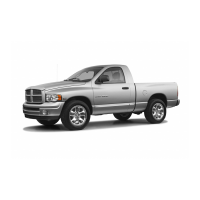


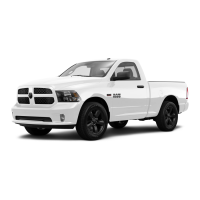
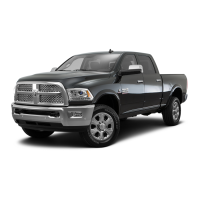
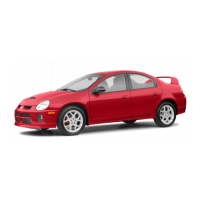

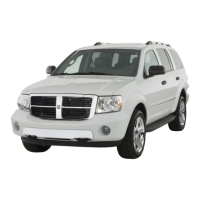
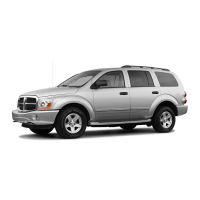
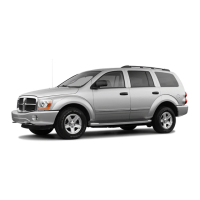
